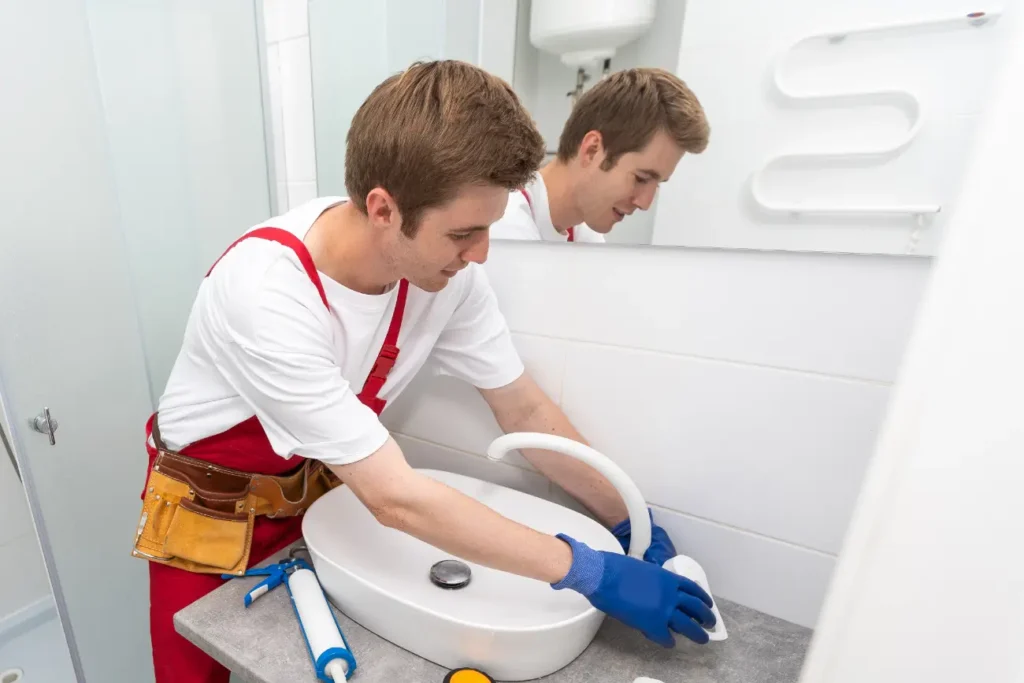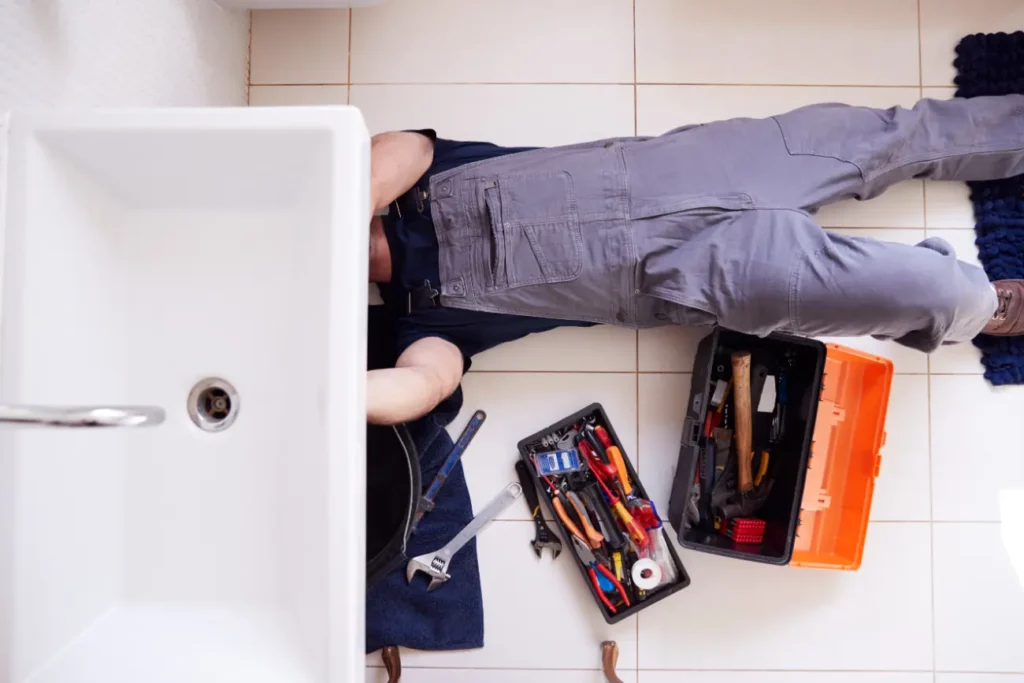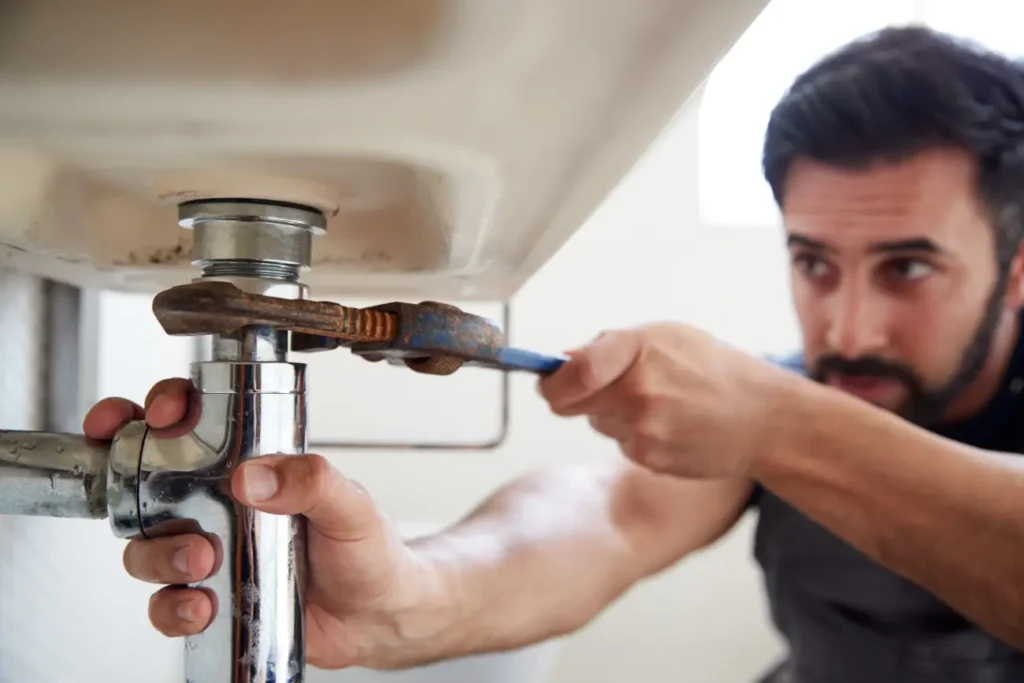Do you plan on undertaking the responsibility of tackling any plumbing tasks or issues around the house? If so, make this list of 10 plumbing tips your go to starter guide.
1. Know your valves
If you’re planning to put an end to the plumbing issues in your home, first things first – you need to know your valves. Most importantly, know where the shut off valve is in your home. Before tending to plumbing tasks or emergencies, it is always best to shut down the water supply while you conduct inspections or repairs.
2. Prevent limescale build up
Hard water can pose an issue in many homes as it can lead to a limescale build up that clogs up shower heads, taps, pipes, washing machines, dishwashers and boilers over time. This can lead to plumbing issues and cause long term damage. Regularly descale these items in the home using a limescale descaler. Vinegar can also be effective if you haven’t got a fit for purpose limescale descaler.
3. Deal with a clogged toilet ASAP
If you flush the toilet and the water rises to the top of the bowl, even if just for a few seconds, before resting in the bottom of the bowl without fully flushing down the contents, the time to react is now. Don’t continue to flush and flush until the water rises and refuses to budge. Keep a plunger by your toilets so that you can deal with clogged toilets ASAP.
4. Monitor taps for signs of leaks
Perform some spot checks every month or so on the taps in your home. When you allow them to run, does any water start to seep out anywhere it shouldn’t? The quicker you can identify and address a leaking tap, the lesser the potential water damage to your walls and flooring.
5. Protect against freezing weather
Freezing cold weather can play havoc with your piping systems. Ensure any pipes are lagged effectively to prevent them from freezing, especially outdoor pipes, and pipes in the attic or basement. Disconnect any outdoor water hoses.
6. Keep sealant tape in the house
Sealant can be your best friend when it comes to plumbing maintenance and repairs. In case of emergency, it can be used to seal a split pipe, even if only on a temporary basis.
7. Test your pressure release valve
Your pressure release valve should be tested on a yearly basis and immediately before or after a period of cold weather. Simply lift up the lever and allow it to snap back. The valve should allow a burst of hot water into the drainpipe. If not, it’s time to have a new valve installed.
8. Check hoses for wear & tear
Prevention is always better than cure. If you can spot signs of wear and tear in your washing machine, dishwasher or waste disposal hoses before a leak or split occurs, you can save yourself a lot of time and hassle. These hoses endure a lot of pressure and should be checked annually for any drips.
9. Use shower & bathtub strainers
Hair, soap, dirt and grime from your shower and bathtub can very quickly clog your pipes and drain. Use strainers to prevent as little as possible from making its way to your drain and ensure to regularly clean your strainers to avoid clogs.
10. If in doubt, call an expert
Feeling overwhelmed with a plumbing task or emergency? Not quite sure how to tackle the task or issue? Call an expert for help! If you don’t have the knowledge to tackle a task, you could end up doing more damage than good.


